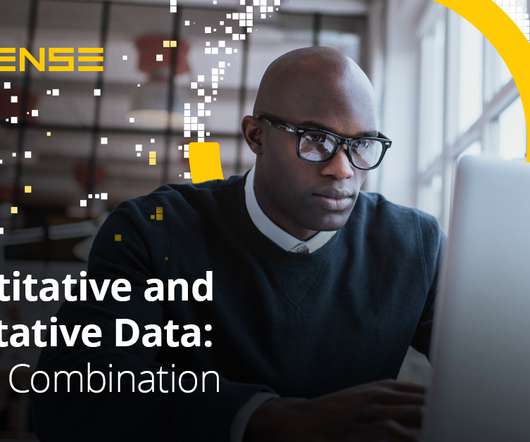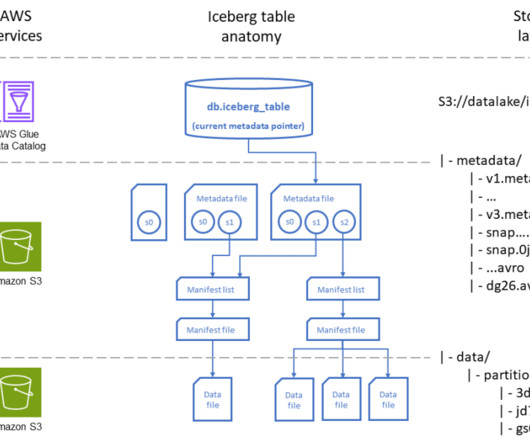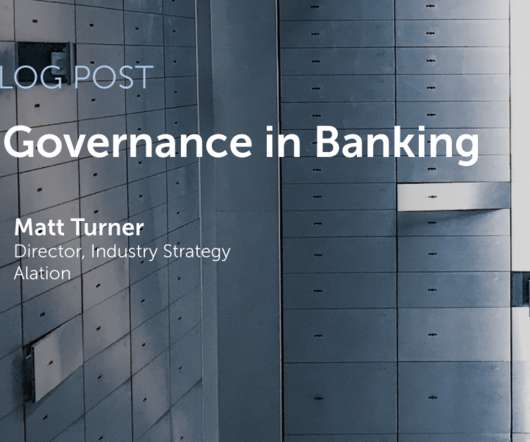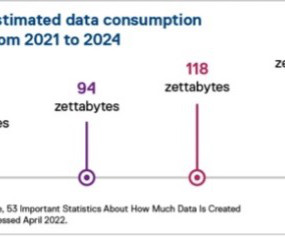Innovative data integration in 2024: Pioneering the future of data integration
CIO Business Intelligence
MAY 8, 2024
AI-powered data integration tools leverage advanced algorithms and predictive analytics to automate and streamline the data integration process. According to a recent report by InformationWeek , enterprises with a strong AI strategy are 3 times more likely to report above-average data integration success.



















Let's personalize your content